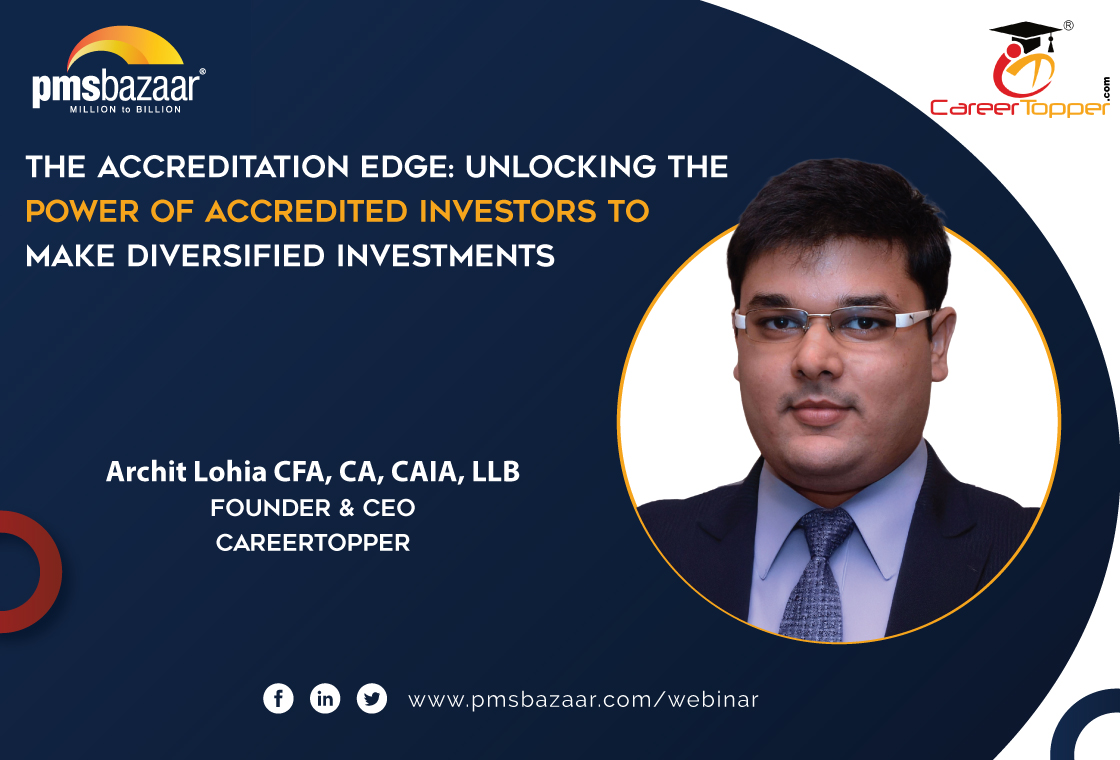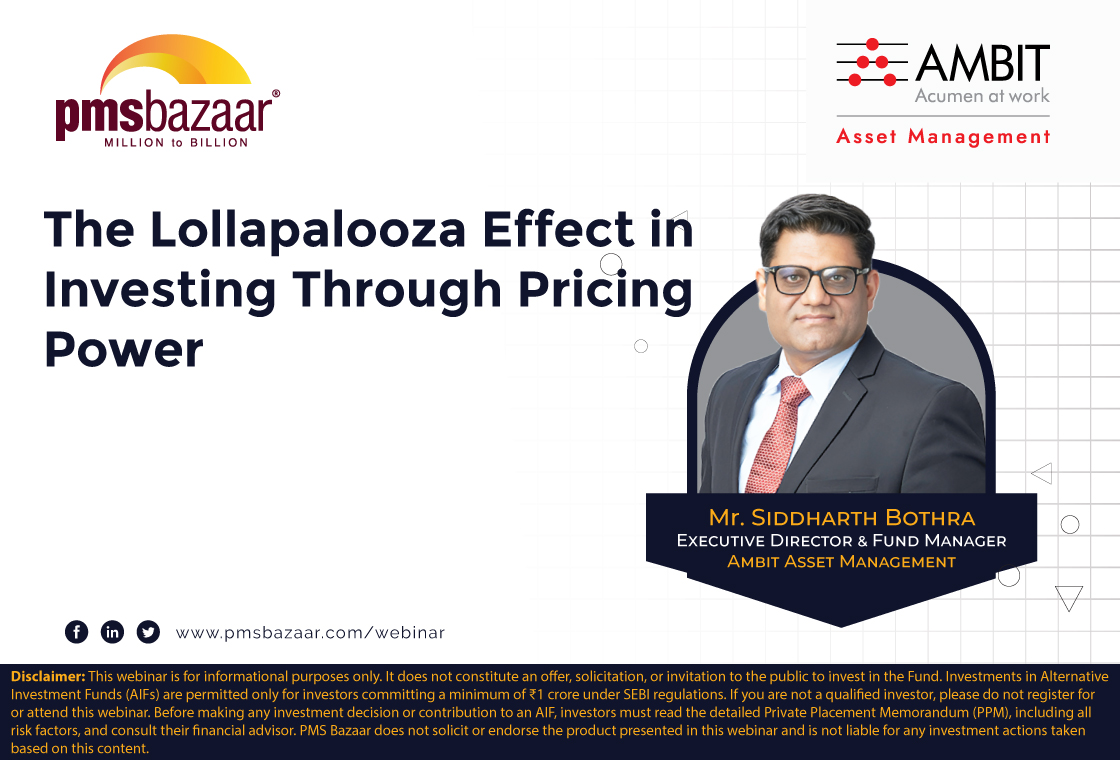The key to successful investing, over the long term, is to have every major Asset Class in your consideration set: The word Asset Allocation is bandied around rather casually these days. Hence it is important to understand what Asset Allocation is not. Understand from Mr. Shankar Sharma, Vice Chairman & Jt. Managing Director, First Global.

“Remember XYZ stock I told you about 3 months ago? It is up 80% since then”, “ABC ekdum solid hai. Just jump in”, “PQR kya lagta hai?” Sounds like familiar party conversation…or something that you watch financial channels for?
If your end game is to have fun discussions at parties, this is fine. But if your purpose is to protect and multiply your wealth, or to optimise your portfolio, you are frankly approaching the problem from the wrong end!
Why? The answer takes you to Investing Basics 101. And it is to do with Asset Allocation.
Depending on the study you read (and there have been many, conducted over decades), you will find that fully 85% to 92% of the returns of a portfolio come from asset allocation!
You got that right!
Specific stock selection, which eats up most of your/ your adviser’s waking hours contributes only 10 to 15% of the returns.
Moral of the story: it does not make sense to concentrate your resources and time on security or stock selection.
But all the talk you will hear from Portfolio Managers is how good they are picking stocks and great bottom up winners.
The uncomfortable point is: bottom up stock picking is a very very difficult art and nobody in the history of investing has been able to do successfully for decades. Yes, not even Warren Buffet.
Just go and see his record in the past 15 or 20 years and you will see an investor who has missed practically every single multibagger that the US market has given in this period: Amazon, Netflix, Domino’s, Google, Apple (he bought way too late), Facebook, Microsoft, etc.
And an investor who has consistently under performed the stock indexes.
This is PRECISELY the problem with the “sexy” bottom up stock picking approach. Everybody is relevant in a period. And one fine day, the market changes, and you and your strategy become irrelevant.
Therefore, when picking people to manage your money, check the approach and their strategy.
The Golden Key to Investing
Most investors fall in the very familiar trap of getting over exposed to the hot asset class of that era.
But the key point to always keep in mind is that if you start playing every innings thinking that you are going to get a hundred runs, you are never going to be successful. Markets change, sometimes they become easy, sometimes very tough.
The key to successful investing, over the long term, is to have every major Asset Class in your consideration set: across countries & currencies and across investable assets: Equity, Fixed Income, Real Estate, Precious Metals, Other Commodities etc
The Mantra: There is always a Bull Market somewhere in the world, even as there is a Bear Market elsewhere at the very same time!
View this: Technology in 1998, Emerging Markets 2004-07, Commodities: 2003-08, US equities Tech: 2010 onward, Japan: 2013-15, Global Fixed Income: 2009 onward.
Even more recently, 2018 and 2019 have been extremely difficult periods for Indian stock markets.
Barring a handful of stocks, most have been in the negative territory.
But in this very difficult 2019 period, First Global’s Global Portfolio returns have been up 40%!
That’s the beauty of Asset Allocation.
To optimize your portfolio, it is important to have all asset classes in your consideration set and carry out Dynamic and Tactical Asset Allocation.
What Asset Allocation is not
The word Asset Allocation is bandied around rather casually these days. Hence it is important to understand what Asset Allocation is not.
We see the word asset allocation used quite widely and we should say, somewhat lightly these days with many financial advisors and fund managers claiming to do asset allocation strategies.
Only when one goes somewhat deeper into this one realizes that the Asset Allocation being talked about is in the nature of large cap versus small cap Indian stocks or moving from value strategies to growth strategies in terms of stock choice within the Indian stock market.
This combined with some debt allocation, appears to be philosophy underlying the so called asset allocation strategy.
In fact, some of the investment documents we have seen even cite the same studies that we mentioned in the last blog that mention that 85 to 92% of a portfolio returns come from asset allocation, with specific stock selection contributing only 8 to 15%.
The problem? The studies cited take into account a portfolio consideration set that is across countries and across asset classes - not just couple of asset classes in a single country!
So for asset allocation strategy to really work in your favour, your consideration set must include all assets: Developed Market Equities, Emerging Market Equities, Developed market Fixed Income, Gold and Precious metals, other Commodities, Real estate (REITs) across countries and so on.
Just changing allocation across different categories of the Indian equity market or even Indian equity and debt markets is simply not good enough!
That is like playing football on 20% of the football field - which it is better than not playing at all...but can it really be called football?
Even within the Indian markets, it is important to look at asset classes beyond just debt and equity.
For instance, of the last 10 years, in 2 years Gold was the best performing asset class in India (partly due to currency movements) and in another year it was the second best performing asset class. In other years, real estate did extremely well. And now through REITs and some other instruments it is possible to get systematic exposure to real estate as well.
When we, at First Global, talk of asset allocation it means that in your consideration set are practically all the investable Asset classes in the world.
The other key is to have a dynamic and tactical asset allocation model, ie. assets are to be reallocated based on the tactical view of various asset classes at any point in time.
Just crude measures like at an age of X years you should have 60% exposure to equity and 40% to debt simply don’t work if you are looking to protect and multiply your wealth.
An in-depth understanding of the underlying asset classes is also important. Among other things this is to ensure that the Asset classes are really largely uncorrelated. That comes from data and long experience.
Is your money manager well versed across asset classes, across countries, across currencies?
If not, you need to be very careful because you may be getting trapped into the narrow expertise of your money manager, which is fine for him.
But can be disastrous for your portfolio.
For example, if one has a positive view on commodities and a positive view on Brazil and Russian equity markets, increasing exposure to both may not be really uncorrelated at all as commodity prices drive many of the large company earnings in these two markets.
Currency alone, or a single country exposure, can also change your portfolio return profile dramatically. But more on that another time.
To conclude, investing is about batting like Sunil Gavaskar: a steady, decidedly “unsexy” approach, careful risk management through diversification across asset classes (Gavaskar played shots all around the wickets, and played well across the world, and played pace and spin equally well).
Bottom up stock picking is a bit like Virendra Sehwag: brilliant when it works. Terrible when it doesn’t. Never steady or predictable. So runs come with high volatility or standard deviation.Who Would you want managing your Money : Gavaskar or Shewag? The answer is obvious, isn't it?

The Views and opinions expressed in this article are those of the authors.The Views and Opinions expressed here do not reflect the view of pmsbazaar.com
Recent Blogs

Long-Short AIF Strategies Cushion Fall, But Long-Only Funds Trail Benchmarks in August
AIFs struggle as market Volatility weighs on returns; only 13 out of 141 strategies clock positive returns

Weakness persists as equity markets decline in August; Multi Asset and Debt PMSes emerge as safe havens
Over 100 equity PMSes managed to out-perform Nifty50 TRI while 153 strategies outshined S&P BSE 500 TRI

Smart Beta Strategies: What Investors Should Know Before Investing
This article is authored by Vivek Sharma, VP and Head of Investments at Estee Advisors

Dynamic Investing Approach in Different Markets
This article is authored by Rishabh Nahar, partner and fund manager, Qode Advisors LLP

The Accreditation Edge: Unlocking the Power of Accredited Investors to make Diversified Investments
PMS Bazaar recently organized a webinar titled “The Accreditation Edge: Unlocking the Power of Accredited Investors to make Diversified Investments,” which featured Mr. Archit Lohia, Founder and CEO of Career Topper Online Education Pvt. Ltd. This blog covers the important points shared in this insightful webinar.

PMS performance hit by broad market slump in July; Thematic strategies buck the trend
Of 427 equity PMSes, only 61 gained; Debt offerings showed positive returns. July 2025 proved to be a testing month for Portfolio Management Services (PMS) investors, with broad-based declines across most asset classes.

July tests AIF resilience; Long-short strategies lead relative gains game
Only 44 of 137 AIFs ended positive; long-only funds averaged –1.15%, while long-short peers limited losses to –0.29%

The Lollapalooza Effect in Investing Through Pricing Power
PMS Bazaar recently organized a webinar titled “The Lollapalooza Effect in Investing Through Pricing Power” which featured Mr. Siddharth Bothra, Executive Director and Fund Manager, Ambit Asset Management. This blog covers the important points shared in this insightful webinar.

